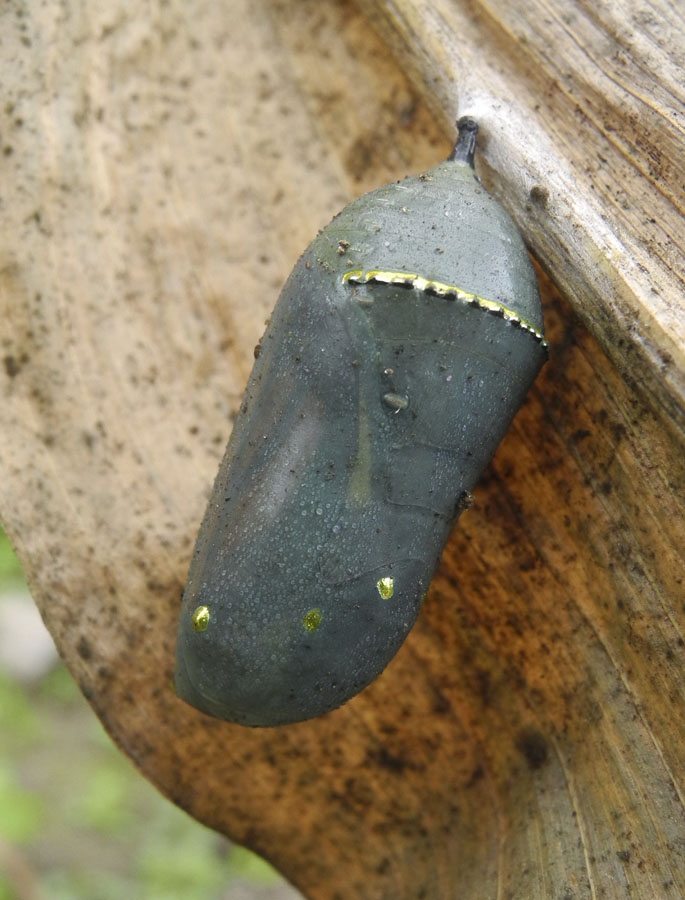An old woman appears, walking slowly down a dark hallway, the only light the kerosene lantern she is holding. She places the lantern on a work table and the camera lingers quietly, lovingly, on the old cracked bowl with its painted flowers. When I saw the bowl, emerging from dark, an ordinary object that was treated with reverence, I knew I'd love this Brazilian film,
Found Memories, the first feature by
Julia Murat.
We see the old woman make bread before dawn, by lantern light. She then walks down the railroad tracks and turns into a street in the village, while singing gently. The tracks are unused, the street empty.
She arrives at a building that is beautiful in color and form and balance, even in its disrepair. Each camera shot is carefully composed, and each lasts long enough to allow us to appreciate what we are seeing. The woman, Madalena, takes her bread into the shop, where she and Antonio have a gentle argument about its display. Then they sit outdoors together having a coffee. The slow, deliberate pace makes us realize that these actions have settled into a routine; each day Antonio says "There's some rain on the way"; each day they argue about the quality of the coffee.
At midday the town's ten inhabitants go to mass; here we see that all who remain are elderly. We are not told anything about the town, but it is clear that it is isolated and has fallen on hard times. From the
NY Times review, I learned that it is a fictional town in northern Brazil.
Everyone has a meal together at the church, praying quietly before eating.
In the evening, Madalena writes a brief, poetic letter to her dead husband. They are more beautiful than you would expect from a rural woman. One reads:
My love, I'd like to keep our memory forever alive, so our love, in the future, doesn't suffer from the passing of time. We have to go beyond death, this cruel enemy, that didn't choose day or time. I kiss you tenderly, yours, Madalena.
She then folds the letter carefully and places it in an envelope, which she addresses to her husband. She puts the envelope, along with many others, in a circular box.
The director shows us this round of events over two or three days, so that we see that they never differ. But then youth arrives in the person of a young woman, Rita, traveling in those parts; she asks Madalena to put her up for two or three days.
The two regard each other: the old woman with doubt, mistrust, uncertainty; the young woman with the confidence of youth.
As she opens long closed rooms in her house for Rita, Madalena discovers her husband's shirt draped over a chair; she smells it with love and memory. Here already is a small change caused by the visitor.
Rita is a photographer; she works with both modern digital equipment and with pinhole cameras made from large tin cans. When she walks around the village, we begin to see through her eyes; she notices the objects in Antonio's shop; the film presents them to us with their beauty, charm, and aging dignity. Rita likes the little town; she feels she was born at the wrong time. The photographs she takes with her pinhole cameras are romantic visions of ruins, and touching portraits of the village inhabitants, with whom she's begun to develop bonds of affection.
We see the two wary women become very fond of each other. Rita photographs Madalena's kitchen; Madalena asks Rita to touch the bread, because "you need to feel the timing of the dough with your hands".
Finally, Madalena allows Rita to take her portrait, and she appears as a beautiful ghost floating before a worn wall. Love and loss hover between life and death.
The light in this film is often so beautiful, whether sunlight cast on objects and wall, or the flickering light of kerosene lanterns. Toward the end of the film we see Rita in a bath; the room is bathed in light, her head in shadow. Is this a metaphor of baptism or of death? This quiet, slow, meditative film leaves us with love and beauty, but with no answers.


















































